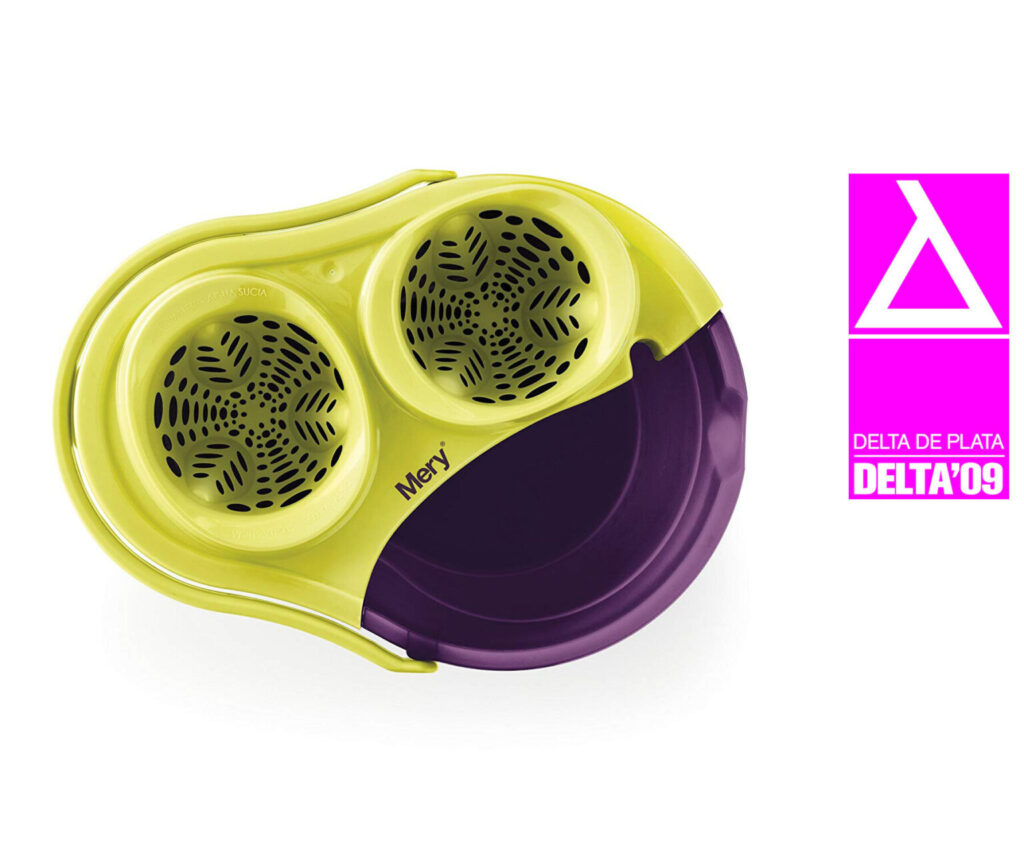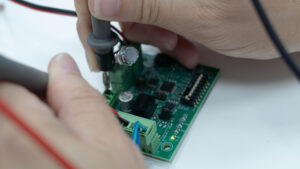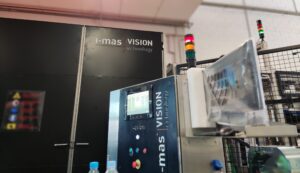Benchmarking is a strategic essential tool for any company that wishes to design and develop competitive and successful products. It involves comparing your company, processes, and/or products with market leaders to gain insights, best practices, trends, and areas for improvement.
In this blog, we will discuss the importance of benchmarking in product design and how you can apply it to achieve success.
The Importance of Benchmarking in Product Design
Conducting effective benchmarking in product design is crucial for several reasons:
- Identification of Opportunities: It allows you to discover new opportunities for improvement and innovation that can differentiate your product in the market.
- Continuous Improvement: It facilitates the implementation of best practices, which can lead to continuous improvements in your processes and products.
- Competitiveness: It keeps your company up-to-date with industry trends and standards, helping you maintain a competitive advantage.
- Customer Satisfaction: It helps ensure that your products meet or exceed customer expectations, thereby improving their satisfaction and loyalty to the brand.
Types of Benchmarking
There are several types of benchmarking that you can use depending on your specific goals:
1. Competitive Benchmarking
This type focuses on comparing your products, services, and processes with those of your direct competitors. It helps you understand how you stand in the market and what you can do to improve your competitiveness.
2. Internal Benchmarking
It involves comparing processes and practices within your own organization, between different departments, teams, or business units. It is useful for identifying and sharing internal best practices.
3. Functional Benchmarking
This type of benchmarking involves comparing specific processes or functions with those of companies that are not direct competitors but are leaders in those areas.
Steps to Conduct Effective Benchmarking
1. Define Objectives and Scope: Before starting, it is essential to clearly define the objectives of benchmarking and the scope of the study. Ask yourself: Are you looking to improve a specific process? Do you want to innovate in the design of a product? Define what you expect to achieve and which areas will be analyzed.
2. Identify Competitors and Market Leaders: Select the companies you will analyze, including direct competitors and market leaders recognized for their excellence in specific areas.
3.Gather Information: Collect data from various sources including market analysis, site visits, interviews, public information, customer feedback, and supplier insights.
4. Analyze the Data: Evaluate how your processes and products perform compared to those of competitors and market leaders. Now is the time to identify areas for improvement and best practices that you could adopt.
5. Develop Improvement Strategies: Define clear and achievable goals based on the identified best practices. Develop a detailed action plan that includes what changes will be implemented, who will be responsible, and the deadlines for each action.
6.Implement the Improvements: Communicate the objectives and action plan to all stakeholders involved. Provide necessary training and continuously monitor progress to ensure everything is proceeding as planned.
7.Review and Continuously Improve: Schedule regular reviews to assess progress and adjust strategies as needed. Gather feedback and keep your analysis updated.
Benchmarking at i-mas, your Product Design company
Benchmarking is a powerful tool that can transform the way we design and develop products.
At i-mas, we evaluate and compare the performance of your project against industry standards and competitors to ensure you achieve excellence. A great example of our approach is ECOFREGO, a mop bucket that saves 50% of water due to its intelligent design. This product was awarded the Delta Award and nominated for the German Design Awards. At i-mas, we conduct thorough benchmarking by analyzing competitors and market needs to develop a product that excels in efficiency and sustainability.

By following these steps and maintaining a continuous focus, you can ensure that your company not only remains competitive but also leads in innovation and efficiency.
Do you have any project in mind? We want to meet you!



